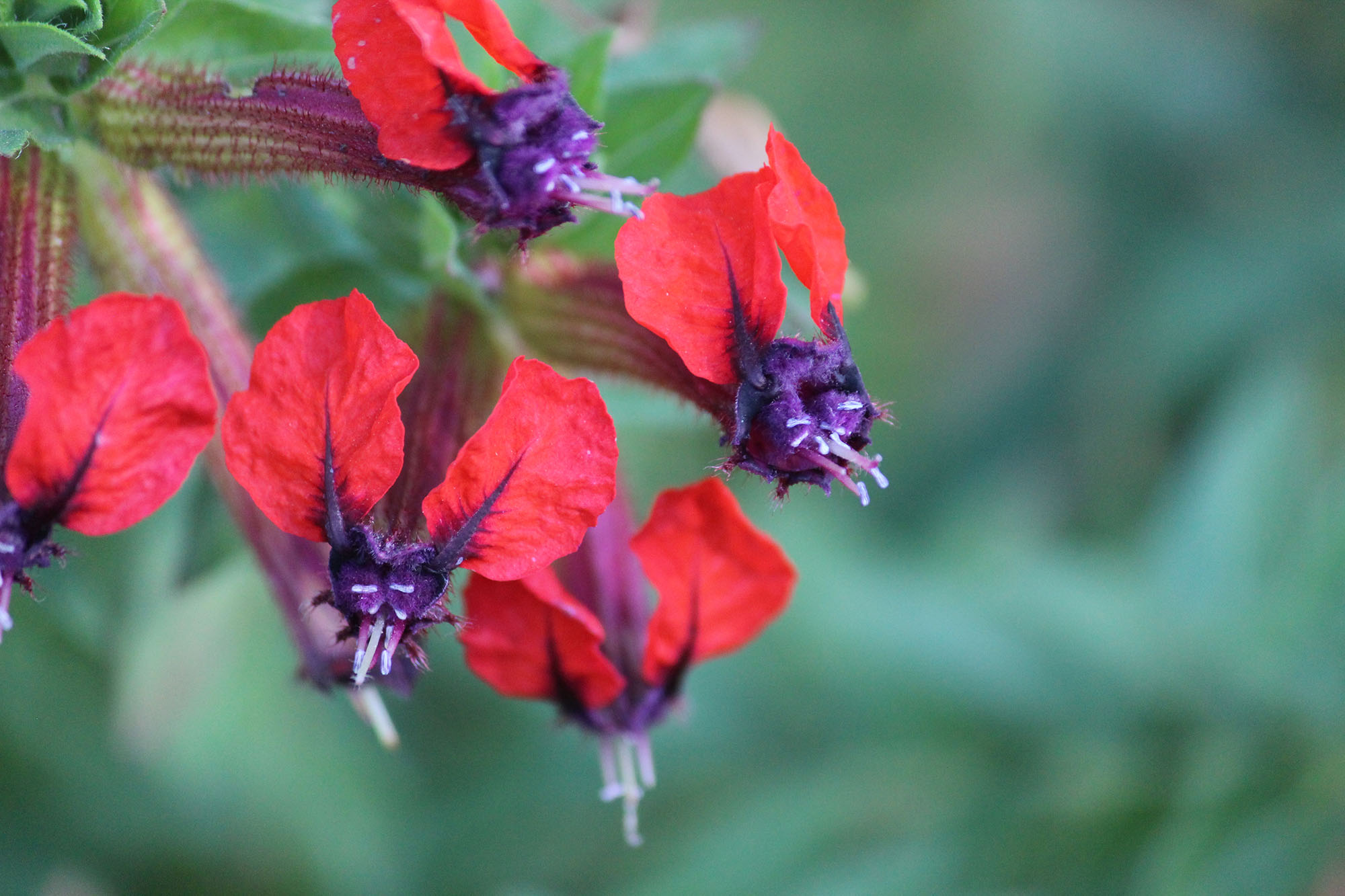Welcome
Oklahoma Proven!

Oklahoma Proven Plant Selections for Oklahoma 1999 – 2021: Is a full color publication containing all plants selected since the beginning of the program to present. A PDF version can be found here.
Selections for 2021
Oklahoma Proven is a plant promotion program coordinated by faculty in the Department of Horticulture and Landscape Architecture at Oklahoma State University. The goal of the program is to recommend plants well-adapted for use across Oklahoma.
Tree for 2021
Teddybear® Southern Magnolia
Magnolia grandiflora ‘Southern Charm’
Southern magnolias are the southern belles of evergreen plants producing large, fragrant, creamy white flowers, traditionally found on large estates and plantations of the south. In the urban landscape the species is too big, enter ‘Southern Charm’ also known as Teddybear® a dwarf, compact version of the species.
Teddybear grows 16 to 20 feet high and 10 to 12 feet wide in an upright pyramidal form. This tight growth habit makes it suitable for smaller gardens, screens, avenues, and specimens, as well as large planters and containers. Teddybear leaves are deep green, glossy above with a dense reddish-brown fur on the underside, thus the Teddybear name. It is not too finicky about soil types, but grows best in deep, nutrient-rich, acidic, welldrained soil. Once established, it grows best with regular moisture, but will tolerate brief periods of drought. It grows best in full sun and benefits from organic mulch.
- Exposure: Full sun to part shade
- Soil: Moist, well-drained
- Hardiness: USDA Zone 7-9
Shrub for 2021
Virginia Sweetspire
Itea virginica
Virginia sweetspire is a native shrub to eastern Oklahoma. It is a mound-shaped, slender-branched, deciduous shrub generally 3 to 6 feet tall and wide. Small, white, fragrant flowers bloom in spring to early summer in 4-inch spires that droop with the arching branches. Flowers open from base to tip, so it appears to bloom for a long time. Leaves turn red to purple in fall and persist well into the winter.
Plants are found growing in moist, even wet to swampy areas and along stream banks, in acid soils, but they are not too picky of soil type. Plants grow in shady areas as an understory plant, but it grows best and has better blooms and fall color if it receives full sun for at least part of the day.
It is most effective when planted in masses, as single plants tend to be scraggly. Grow it as an understory plant, for erosion control, in a rain garden, and as a nectar plant. Several improved cultivars are available..
- Exposure: Part shade to full sun
- Soil: Moist, acid, tolerates poor drainage
- Hardiness: USDA Zones 5-9
Perennial for 2021
Prinz Heinrich Japanese Anemone
Anemone hupehensis var. japonica ‘Prinz Heinrich’
Prinz Heinrich Japanese anemone is excellent for late summer to early fall color. It grows best in part shade or area protected from late afternoon sun and winds. It prefers fertile, consistently moist soil that is neutral to slightly alkaline with good drainage. In full sun and dry conditions, the foliage will often become burned; avoid wet soils, particularly in winter. In too much shade the flower stems tend to flop.
Foliage is dark green, softly pubescent beneath, and 3-parted. Flowers are semi-double, rosepink, with narrow overlapping tepals surrounding a central cluster of golden-yellow stamens. Flowers are produced on long, upright, wiry but graceful branching flower stems well above the foliage. The plant grows about 28 inches high and spreads by rhizomes.
Prinz Heinrich can be planted in perennial borders, woodland areas and are best grouped together in masses. It is a great plant for pollinators and attracts butterflies to the garden. It has no serious insect or disease problems though occasional pests can occur.
- Exposure: Best in part shade
- Soil: Moist, well-drained
- Hardiness: USDA Zones 5-8
Annual for 2021
Cuphea
Cuphea
Cuphea is a genus of many plants native to the warm temperate and tropical regions of the Americas. Depending on the species and cultivar, they go by several common names such as firecracker plant, cigar flower, Mexican-heather, bat flower, bunny ears, candy corn plant, and false heather. Cuphea is a tender perennial grown as an annual in Oklahoma. It is low maintenance and is known for its tolerance to heat and drought. Plant foliage is bright green to blue-green and typically glossy. Although flowers are small, they are abundant and provide a spectacular show all summer long with no need to deadhead. Plants come in a variety of forms with a variety of flower colors and forms that are vivid and produce a sweet nectar that attracts hummingbirds, butterflies and other pollinators. Some of the more popular types include firecracker plant (C. ignea), Mexican-heather (C. hyssopifolia), bat-faced cuphea (C. llavea), and candy corn plant (C. micropetala) along with many hybrids.
- Exposure: Full sun
- Soil: Moist, well-drained, tolerates drier soil after establishment
- Hardiness: Use as an annual












